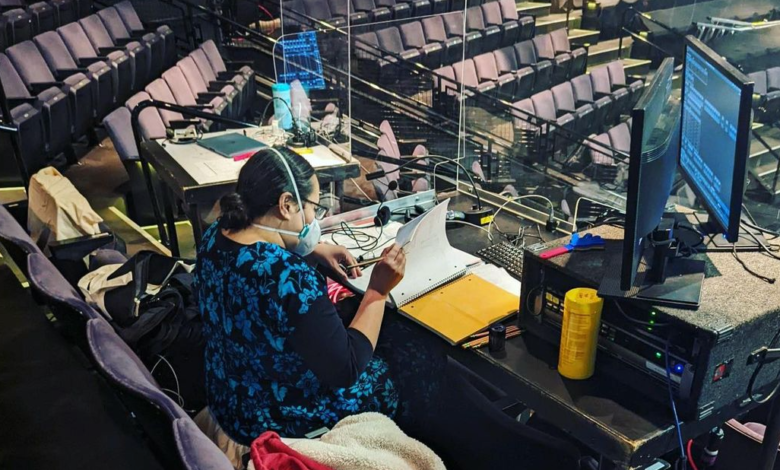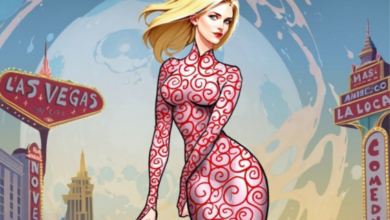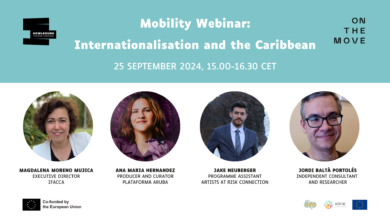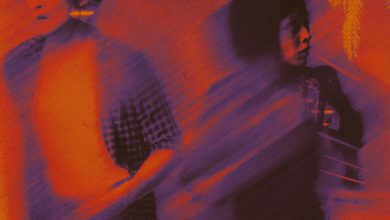
Porsche: Freelance artists are not disposable. If a staff member is massively unhappy, organizations would likely talk to them first rather than just firing them. Whereas freelancers, it’s like, “Oh, that person was grumpy at load-in. We just won’t ever have them again.” I’m like, “You ever think maybe there’s a reason they’re grumpy? Could the work environment need some adjustment on the institution’s end?” If institutions are not going to be prepared to support people who are unlike the people they’ve always supported, they should leave them alone. Stop breaking people for one production during Black History Month with a Black, Indigenous, people of color (BIPOC) cast and then being confused why they left the industry.
Sherrice: Because as we can see people are leaving.
Porsche: Or giving up. And that’s how the study really started. After I had my daughter, I suddenly wasn’t getting offers or even inquiries—I didn’t know if I was going to have a career in lighting design anymore. I didn’t know if anyone would ever hire me again. I started the study to do something to stay connected to theatre in the United States while my child was napping for three hours a day.
Sherrice: I vividly remember seeing these charts for the first time in 2015. I opened this email from HowlRound, and I was so freaked out about it and what it said and what it meant for how difficult it was going to be for me to make my way in this profession. But I also think that there was something so affirming in the fact that somebody else cared about me as a lighting designer, woman, and person of color to bother counting at all.
What has this work meant to other humans who feel seen by it?
Porsche: The reason why I continued the study is that women designers reached out and were like, “Thank you for proving I’m not crazy. Thank you for proving that my experience has been valid.” It has led me to many, many nice people. I got to do the artEquity facilitator training because of it, which has led me to a lovely community. It has led me down different paths towards more activism.
I feel some responsibility to the younger generation. Thinking about students coming up now or even looking at my younger self being one of very few people of color in fellowship, internship, and training programs and being like, “How is my path different? Why is my path different?” Because people will tell me it’s just the choices I made, to which I call bullshit. It’s not always just the choices we make—especially in theatre where it’s the choices that are made for us. We’re chosen to design shows. We’re chosen to get an offer. It’s the theatre crane machine.
I vividly remember seeing these charts for the first time in 2015. I was so freaked out about it and what it said and what it meant for how difficult it was going to be for me to make my way in this profession. But I also think that there was something so affirming in the fact that somebody else cared about me as a lighting designer, woman, and person of color to bother counting at all.
Sherrice: And the crane machine picked you up, brought you over, and dropped you off in LORT.
Porsche: But I had to survive its shaking along the way. Freelance artists might fall out at any time, no matter how close they get to the “promised land” of whatever a successful designer is. Obviously, that looks different for everyone.
Sherrice: Absolutely, and it changes with age. I remember being just out of graduate school and being like, “Okay, great, when I get my first LORT show, that’s going to be a goal met. Then once I get three of them, I’m going to join the union, and that’s going to be another goal met, and then I’m going to be set.” But it didn’t feel that way once I get there.
Porsche: Oh yeah.
Sherrice: So Porsche, what would you tell theatre leaders who ask when they get to be done with this work?
Porsche: Have the uncomfortable conversations. Figure out who you are hiring and how you can do better. Once you have that plan, give your institution five seasons… then do this exercise again. For as long as your organization is alive, you never get to be done. That is the work.





